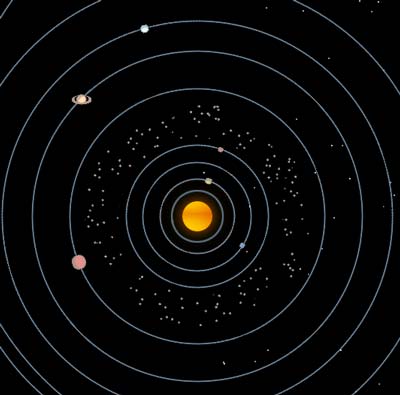Astronomical Tales
What's constant about the Hubble Constant?
Edwin Hubble served on the Advisory Committee for the building of the Mount Palomar Observatory. When asked in a BBC interview what he would do with a 200-inch telescope, Hubble replied, "I hope we find something we hadn't expected." His statement proved to be prophetic: Hubble went on to be the first man to discover the existence of galaxies.
Before his death in 1953, Hubble developed the Hubble Constant, which attempted to precisely describe the recessional velocities of all galaxies — galaxies that he confirmed were "island universes", not nebulae or clouds as they were conceived of before. The Hubble Constant is one of those controversial essential numbers that astronomers and cosmologists have been refining and redefining ever since.How did the discoverer of galaxies become the toast of Hollywood, upstaging even Einstein?
the answerAlthough the Hubble Space Telescope is less than 1/2 the size of the 200-inch Palomar instrument, it is the first telescope to observe the universe completely unhindered by the distortions of Earth's atmosphere.
Hubble could not have conceived that his work on classifying galaxies and defining the Big Bang would result in being the namesake of a space-based telescope whose resolution power was such that planets orbiting nearby stars would be discovered.
It is ironic indeed that the 200-inch Palomar instrument, which Hubble used until his death in 1953, was not called the Hubble Telescope — given that its magnificent light gathering power was ideal for researching galaxies. Rather, the telescope that bears his name is known for discovering astronomically infinitesimal planets due to its atmosphereless resolving power.
 See an animation of the movement of planets in our solar system.
See an animation of the movement of planets in our solar system. See amazing views from space
See amazing views from space